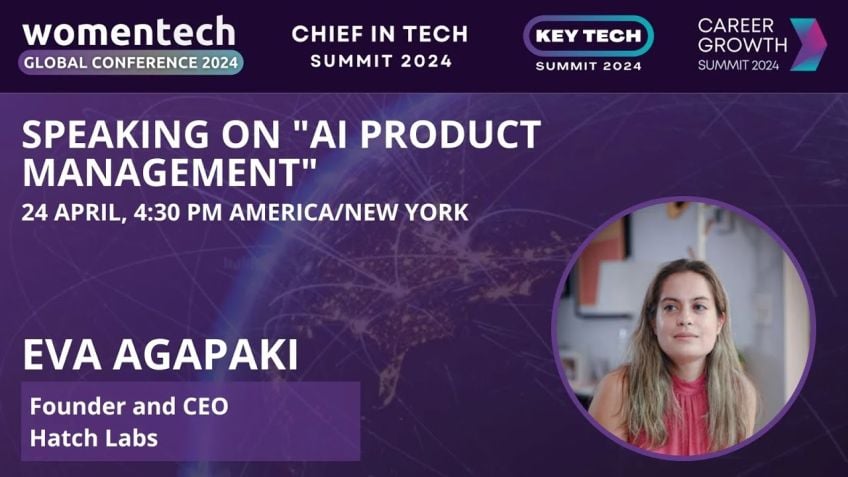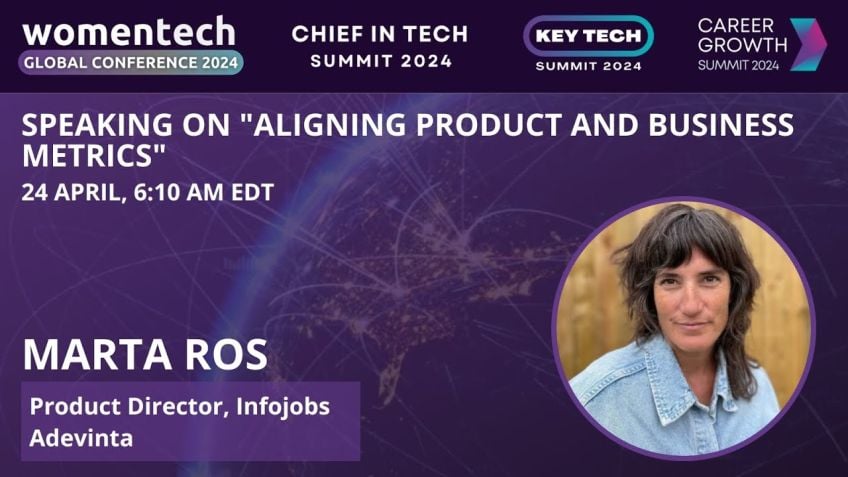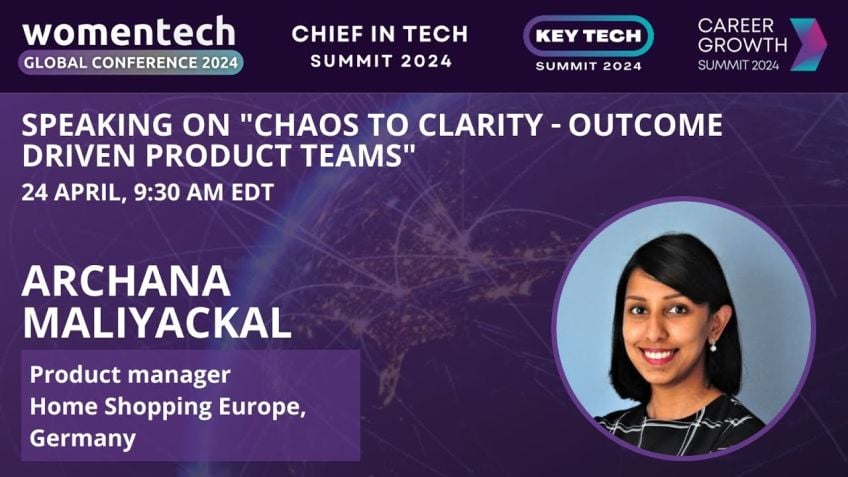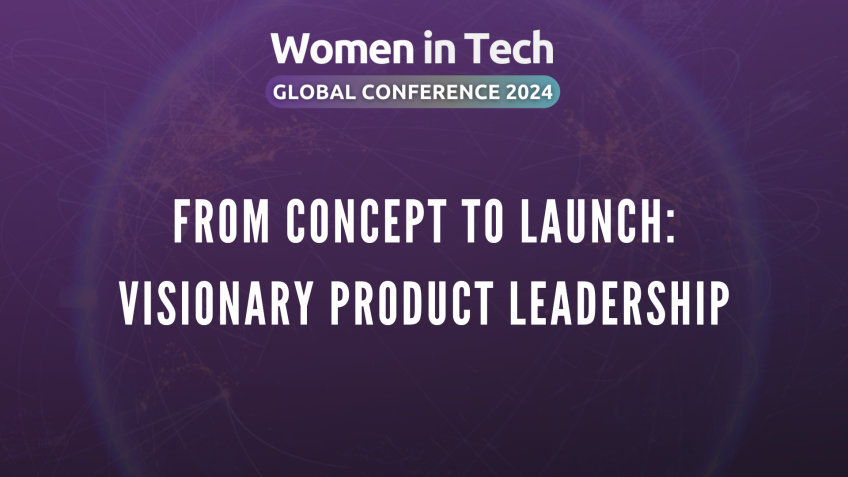Leading digital Product innovation in large organizations
Driving Digital Innovation in Large Organizations - an Insight from Anthem
Hello, I'm Jenny, a Product Innovation Manager at Anthem Israel. Our talented team in Israel is proactive in digital innovation, even within our vast organization. Our aim here is to showcase how we overcome big organization challenges, the tools we use, and our influence on change.
Anthem’s Global Reach and Digital Transformation
Anthem is the largest for-profit managed health care company under the Blue Cross Blue Shield Association in the United States. Ranked 23rd on the fortune 500, Anthem embarked on a digital transformation journey 33 years ago to digitalize care delivery to its members.
Our branch, Anthem Israel, serves as a bridge for collaboration with Israeli tech startups, widely known as the "start-up nation," to foster digital innovations.
Anthem’s Scale of Impact
To give you a sense of our organizational scale, if we considered a single Anthem employee as an ant, then the entire organization would be analogous to the Burj Khalifa in Dubai - the tallest structure in the world.
Our Challenges and Learning Curve
With over 100 million members, handling the vast amount of data, finding the right business partners, and dealing with technological barriers constitute substantial challenges.
Through a journey of continuous learning and innovation, we've gathered invaluable insights that can be beneficial to the broader industry.
Developing a Product Mindset and Our Workflow
We've realized the importance of having a product mindset, being in touch with market trends, empathizing with the problems of our users, and using this understanding to steer people towards a common goal.
We measure our work through KPIs and firsthand user feedback. This insight equips us in our mentorship role with start-ups, to help them understand their true value within Anthem.
We've also identified three core elements crucial to our approach and efforts at Anthem:
- MVP and Market Needs
- Data-Driven Decisions
- Gaining Champions within the Organization
MVP and Market Needs
We prioritize problems within our organization that need solving the most. To tackle these, we test the product using the Minimal Viable Product (MVP) method.
Data-Driven Decisions
As product managers, data-driven approaches inform decision-making. This includes user engagement data, user surveys, user interviews, usability evaluations, and daily engagement data.
Gaining Champions within the Organisation
Networking and establishing partnerships across the organization with both technical and business teams significantly improves our ability to implement solutions effectively.
Driving Organizational Change with a Product Mindset
Large scale change within an organization relies heavily on the coordination of people and systems. A well-structured product approach, combined with empowering individuals to transform personal energy into change, has proven highly successful in our experience.
Responding to Market Changes
Challenges such as COVID-19 have forced the entire global market to adapt and change rapidly. In response, we have accelerated the production of RPM devices and telehealth solutions to support members to access medical care from home.
I hope our journey at Anthem offers valuable insights into driving digital innovation in large organizations. I invite you to share any thoughts or questions, and I thank you for joining me in this discussion.
Video Transcription
So my name is Jenny, a product innovation manager at Anthem Israel. And I'm super excited to be here today.I will share how our small team at Israel leads digital innovation in this very large organization and how we work through large organization challenges and what tools we use in order to drive the change. And I would like to start the talk today with a short question. You can go to the poll and answer the question to your feeling. How much impact do you have on changes within your organization? So none at all. And the great deal. That's the scale. Yeah. Let, let me see. I will show expose the results. OK. All right. So it seems like most of you uh marked uh A or B. Uh And I would like, I would like to dedicate two minutes to talk about the based organization named the anthem. And um to your feeling if you feel like you don't have any impact on your organization, then uh I will show you uh how anthem looks like. So, Anem is a provider of health insurance in the United States. It is the largest for profit managed health care company in the Blue Cross Blue Shield Association in the United States. Anthem is ranked 23rd on the for and 33 years ago, they decided to go through a digital transformation and lead digital care delivery to its members.
What you see on the screen is the skyline of Tel Aviv. And of course the background behind me. And the reason is that as part of this transformation anthem, Israel was founded in uh June uh 2019 to work with Israeli start ups because Israel is considered the start up nation to deliver digital innovation within the organizations. So I would like to start with the scale of one anthem associate versus the entire organization here in Israel in the Israeli office. We're 25. So let's uh receive a bit of a scale regarding uh the uh the size of this organization. So if we take one an employee and treat it as an ant like one centimeter, then the Anthem organization would be the Burj Khalifa in Dubai, which is the largest tallest structure in the world. So imagine the enormous scale between an an and the Burj Khalifa and it doesn't end with that. So if we talk about the members with an M 100 million members, we're talking about the moon. OK. So basically, there are many challenges to this large organization, finding the right business partner, the correct located funds and dealing with technological barriers such as software and and on the screen, for example, is a description of health plan out of hundreds of plan variations, the details and the amount of data is enormous and basically where does the end begin the journey to transform the moon?
And I'm very happy to share our insights about what we have learned in the past two years about driving digital change and innovation at Anthem. I would like to start with an example, a use case. Last year we started working with an Israeli start up and for different reasons, their names, uh the device and the features is the basically a remote patient monitoring a device you send to someone home. And the features of the device include different exams that could function as a telehealth enhancer. Mean you, you do a telehealth visit and basically this enhances your visit, providing the option to use it instead of going to the er so through the process of exploring data and partnering with us. Uh an insurance company, we have realized that the business model needs to change from sales based to visits, visits using the device with one visits uh priced at around $1200 if 11 person uses the device instead of going to the er they save time and money both to the insurance company and to themselves.
So we've created a win win situation. Using this model. We've expanded the pilot from one K devices that we send to enter the members to 35 K devices in one year, basically by Q one of 22 it is so popular that is, it was even and Investors Day uh of this year. So it's super impressive. And uh we believe that uh our experience taught us a lot and we have a lot of insights to share. So what did we learn from this pilot and other pilots? We have different projects we run here in Israel. It all comes down to having a product mindset as product, people know how to follow the market needs and trends and understand the value proposition of each product and lead other people towards a common goal. So to measure our work using KPIS, we talk to the users directly to gain and lead a start up to understand its true value value within the organization. As we are the ones who know the organization best, we know where to start and who to talk to in order to drive that change. And this is what makes us product people, the perfect candidates in order to drive change organization.
So there are three channels and main guidelines that I selected here. The first one is MVP and market needs. The second one is data driven decisions and the third one is gaining champions within the organization. Our first guideline is to use mvps and launch pilots only based on the internal organization needs if a great start up arrives. But there is no organizational need for it. For example, if that specific solution is not covered by insurance, it would be practically push it through and gain support. If you are creative enough and believe in this product, you can always find a way or a person that needs it within the organization. But we are always starting with the problem using business data and in order to drive our decisions and what technologies and which start up to select to work and to run with the pilots, we have to function as the missing puzzle piece in order to fit the need within the organization.
When testing the product, we usually use the minimal viable product method uh known as the MVP. Uh We decide what is the minimum that we need in order to start a pilot and be able to showcase that a solution is driving change. This includes MVP across the board, meaning product operational integration, reduce everything to the minimum necessary. In order to show a value. In addition, we also use the minimum number of members or devices to start a pilot at one line of business or population. So for example, I want to test one of the devices. I will select a specific population, for example, within the commercial full insurance in anthem and decide on a smaller amount of devices to send, receive the feedback and then decide if to move forward with this start up and more devices. So basically, we li build measure, learn and creating these pilots and expand as we go, we want to learn every time what we want to test is if the solution brings value to the end user, it could be a provider, a member or an end and partner. But based on their needs, we work super fast, the minimum solution and to go to the market with this solution. Next up, uh we data driven decisions as product managers, we constantly use data in order to make better decisions and evaluate our work. We use research data.
We have at the end, we have the benefit of researching the claims data and having all the the the resources of the amazing data analysts. And so we can review the claims data in order to see which problem is the most painful. For example, let's go for a heart failure. We study how many members we could impact how many members have this specific prognosis. What are their characteristics and could even target the members that would gain the most benefit and have the highest probability of using this solution.
So we use A I and predictive models in order to create better outcomes, for example, predicting an illness and using preventative intervention. OK. We use user engagement data, user surveys, user interviews, usability evaluations and daily engagement data to assess our next actions and just a little tip if you feel you don't have enough data within your organization, be creative and create your own data resources using all product tools uh you can use.
And the idea is that you drive your decisions based on the input and the data you receive from the members uh from your predictive models, from the engagement data, take all these inputs and uh drive a decision based on that. We are successfully uh networking across the organization with business and technical teams to create partnerships and friendships that will help us bring our solution to the forefront. And that's our third point gaining champions within the organization. We know that if we need something, someone at late at night, like a support or a case uh when we have urgent requests because of our super uh ability to network within the organization, we know we will receive this support and assistance even late at night. For example, when we first started the as the new kids here in the blog in the office, we reached out it uh within an E asking, asking them to give us an education series. Basically, uh they explained to us about what they do within the organization and about their uh their little share of work within E. And ultimately, we gained a lot of relations across e using this channel of them explaining to us what they do within the organization. Yeah.
So I would like to summarize uh our insights and um basically, I work with the product mindset in order to drive change, using this and other wonderful product tools. So again, the first one is MVP and market needs data driven decisions and gaining champions within your organization.
A tip for me make the change, personal energy for change emerges from re uh basically reflection of what's needed and why and on what changes mean for each person within the organization using uh intelligently uh structured systems and uh incentives align individuals with the goals of the transfer of the transformation.
A well tailored transformation story helps make individuals understand what must change and why. And it's super important to uh drive that change within the organization. So I would like to thank you for giving me this opportunity to talk to you today. And I'm very happy to participate at women tech uh uh convention. And um basically, you can see uh my, my details on my profile. If you have any questions, you can also type in uh in the chat. And thank you very much for giving me this opportunity to talk in the woman. Tch Let me know if you have any questions. So how to deal with organizational changes is a great, great question. Basically, um we, we want to have this product mindset and work in a lean way. Meaning when there is an an organizational change, we want to see how this change impacts our environment, our members ourselves and drive decisions using these changes. Basically, we, we know how the change impacts us and we know how to basically uh take our work as product and change according to the uh impact we have of the organizational change versus continuing implementing products. Yes. So we always need to follow the market. For example, COVID is a great example of a great and not only within the organization but within the world. So the market needs change. People need to be at home more, go to the er for example.
So we produce more R PM devices or telehealth solutions in order for them to do the entire visit or use and consume care from home instead of going to a medical clinic uh since it's not safe. So basically, we always need to follow the market and drive changes based on the market needs or the organizational needs. That's the the the most important part of the product uh manager's work. Great, great questions. Thank you. Let me just have a look at the Q and A. Yeah. OK. Well, thank you very much for joining me. Uh I, I invite you to contact me personally if you want and ask more questions about anem and the product management in general. And uh thank you very much.





